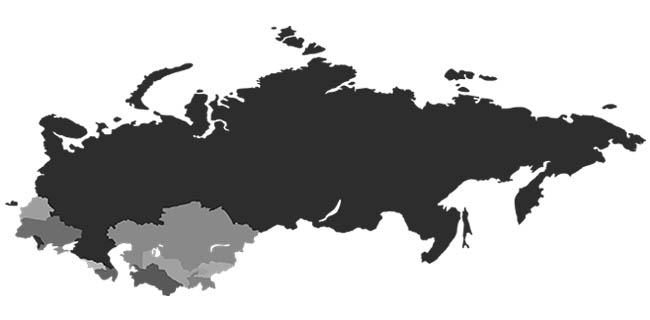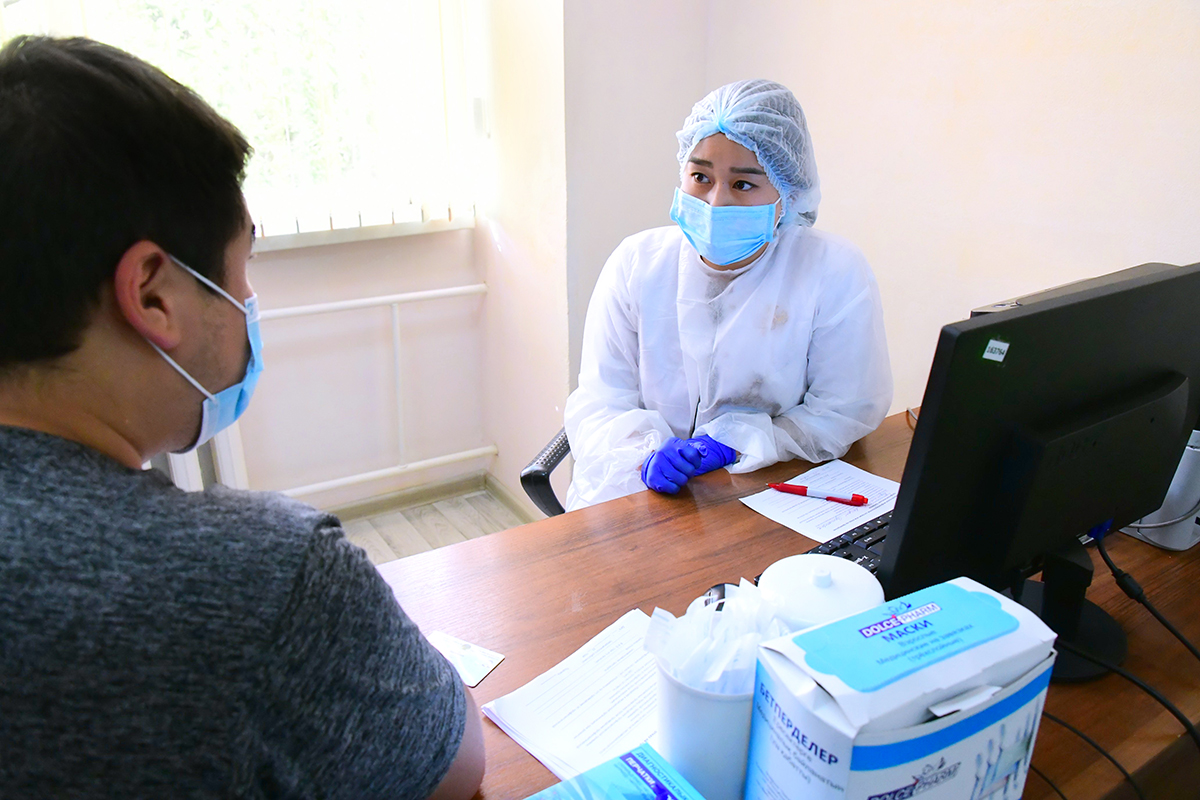The scale of contributory health insurance reforms
Recap: For the post-Soviet countries, independence they gained in 1990 and 1991 was also an opportunity to freely define goals and tactics for reforming their health systems. That was a big moment. Most of them elected to adopt a contributory health insurance model and while doing so, they have implemented a series of related reforms. In this blogpost, the author illustrates how the Soviet model of health care delivery was adversely impacting health financing and led to reconsideration of both the infrastructure and financing approaches. Health financing reforms were sweeping and required close attention at the highest level of government. Such reforms helped to improve governance and quality of care, allowed for digitalization and brought many positive changes in other sectors.
The first blog post in this series, “From Soviet-era central planning to the post-Soviet social health insurance umbrella”, illustrates why a contributory health insurance system was chosen by the post-Soviet countries. Here, I wish to elaborate on the drawbacks of the Soviet decades-long reliance on public budget transfers and taxation exclusively. I will also illustrate the significance of social health insurance (SHI) reform scale for the countries that implemented it.

A budget-based health system led to inefficiencies of a state-run health system across all 15 nations that gained independence in 1990-1991. Countries inherited an environment of public and underfunded facilities with an inflated volume of health services and a surplus of health workers, especially in the hospital sector.
A vertical structure and separate administration of certain care programmes diverted limited public resources from needs-based care to efforts aimed at running inpatient health facilities.
A relatively small city or town would have a dozen underutilized public hospitals that lacked a good laboratory and other resources because they were too numerous, and it was impossible for the state to equip all of them well. They were designed to treat different diseases or different groups of people, but that division was not sustainable. A classic collection of hospitals in a regional city would include an infectious disease hospital for adults, an infectious disease hospital for children, a skin disease and sexually transmitted disease hospital, a tuberculosis hospital, a cancer hospital, a maternity hospital, a general pediatric hospital, a general adult hospital (could be a separate surgical hospital and an internal disease hospital), an adult emergency care (acute care) hospital, a narcology (substance abuse) hospital, and hospitals that belong to other ministries – such as police workers’ (interior ministry) hospital, railroad workers’ hospital, national security workers’ hospital.
At the same time, the Semashko model is well known for its strong focus on primary health care. Primary health care was centrally organized through a network of geographically accessible providers and was well funded by the government. Yet, the burden of running the hospital sector overwhelmed countries in the years of economic crisis that followed independence. The sector had to be reformed.
Furthermore, people realized such a health system did not correspond with their needs. Other weaknesses were the lack of provider choices (despite the large number of hospitals, the limitation came from their narrow scope of services), the absence of incentives to improve quality and patient safety, and the lack of public voice in shaping health care. Policymakers concluded that the system could not effectively respond to the growing demand for patient-centered, quality-driven efficient delivery and organization of health care.
In contrast, financing health care through contributory health insurance enabled newly independent countries to provide access to better and more appropriately targeted health services. Private practice was allowed now, and the private sector could respond to people’s needs in a patient-centered manner.
As stated earlier, an array of related reforms enhanced the benefits of contributory health insurance among the post-Soviet countries:
- Decentralization and redesign of governance
- Deregulation amid the move from centralized to market economies
- Digitalization of other sectors of the economy that helped the health sector to better monitor services and their use
- Rewarding good performance and stimulating improvement in the quality of health services
The contributory health insurance reforms were among the largest and deepest that the post-Soviet countries experienced in thirty years of independence.
The reforms implied planning at a level higher than the minister of health. Indeed, action by the president ensured that changes permeate many sectors of the economy.
An example from Kazakhstan
The government prioritized bringing the informally employed from shadow to light as part of preparations to launch SHI. To facilitate fair participation by as many members of society as possible and ensure sufficient contributions to SHI, the share of informally employed people not covered by SHI needed to be decreased. The Ministry of Labour and Social Protection of the Population (labour ministry) was tasked with this objective.
The high stakes were felt in a nationally broadcast regular governmental meeting joined by the president of Kazakhstan in 2018. The president fired the Minister of Labour and Social Protection of the Population, whose inaction put the desired SHI reform at risk. The reform launch was ultimately postponed from 2018 to 2020.
As a result, the labour ministry introduced a single composite payment for the informally employed and digitalized its administration. This payment allowed the informally employed to make a single payment that was minimal in value compared to the benefits it would offer and would be accounted in four systems at once: 1) income tax, 2) social contribution to the social insurance fund, 3) pension and 4) a Mandatory Social Health Insurance. Many ministries worked together to make this happen. This payment was a temporary measure that will be cancelled in 2024 due to the successful involvement of the informal sector in SHI and the government’s decision to force the informally employed to acquire an official entrepreneurial or employed status. Starting from 2024, people will have to participate in SHI either as an employee or as a registered entrepreneur.
The story about Kazakhstan also illustrates the high cost of adopting a different health financing model. Many sectors besides the health sector had to invest funds, time and other resources for SHI to work nationwide. Once a country adopts SHI, it is impossible to revert to the previous model. So much redesign work in other sectors is tied to SHI implementation.
Featured image on top: Government of Kazakhstan meeting when the President fired the labour minister for failures in preparation of SHI reform. Source: Sputnik
References
[1] Text Economic Research Institute of Kazakhstan. Self-employment as a socio-economic problem in Kazakhstan. Accessed on May 28, 2023, from: https://economy.kz/ru/Mnenija/id=55
[2] Text Inbusiness.kz. “ОСМС: самозанятым больше не нужно платить за прошедшие 12 месяцев”. 29 July, 2022. Accessed on June 30, 2023, at https://inbusiness.kz/ru/last/osms-samozanyatym-bolshe-ne-nuzhno-platit-za-proshedshie-12-mesyacev





